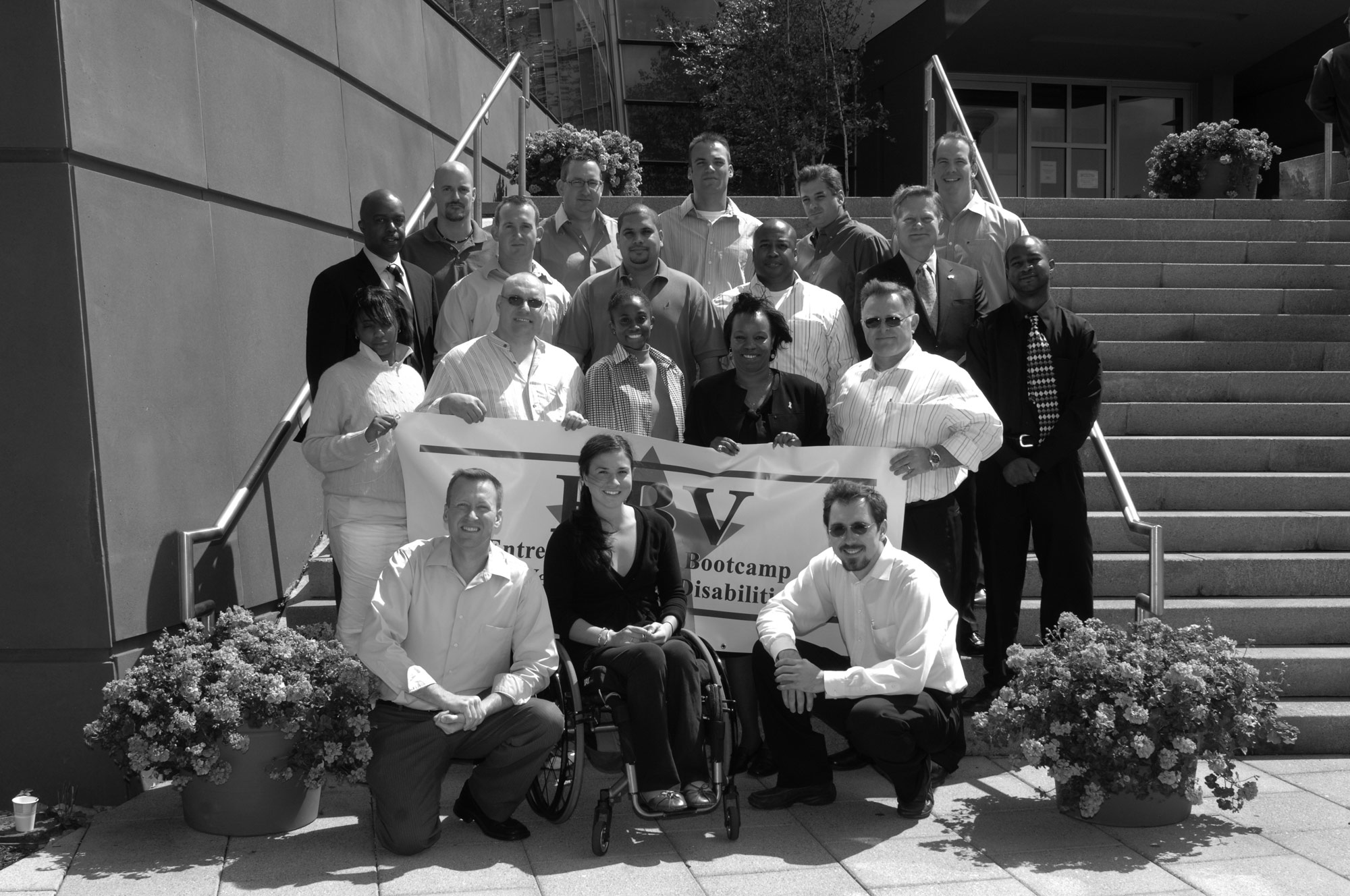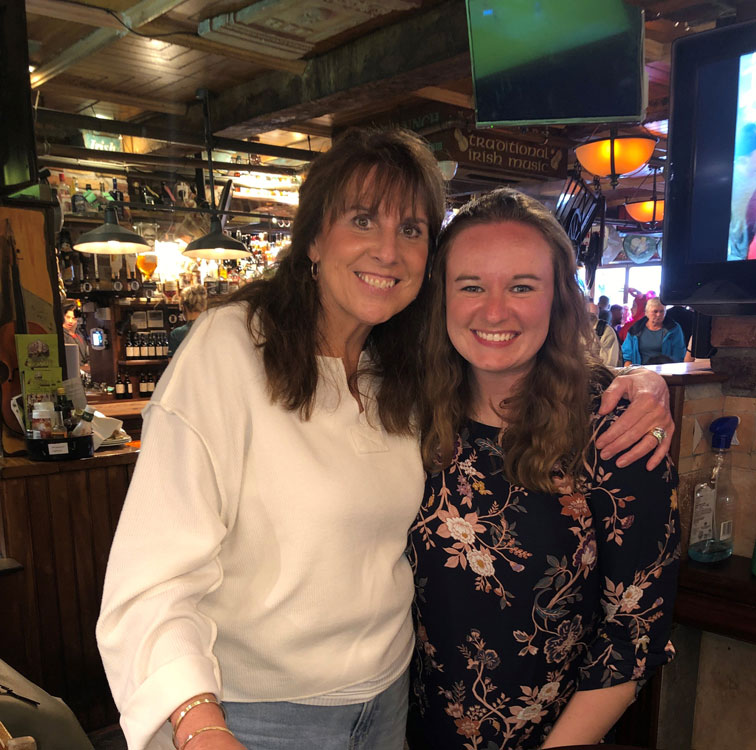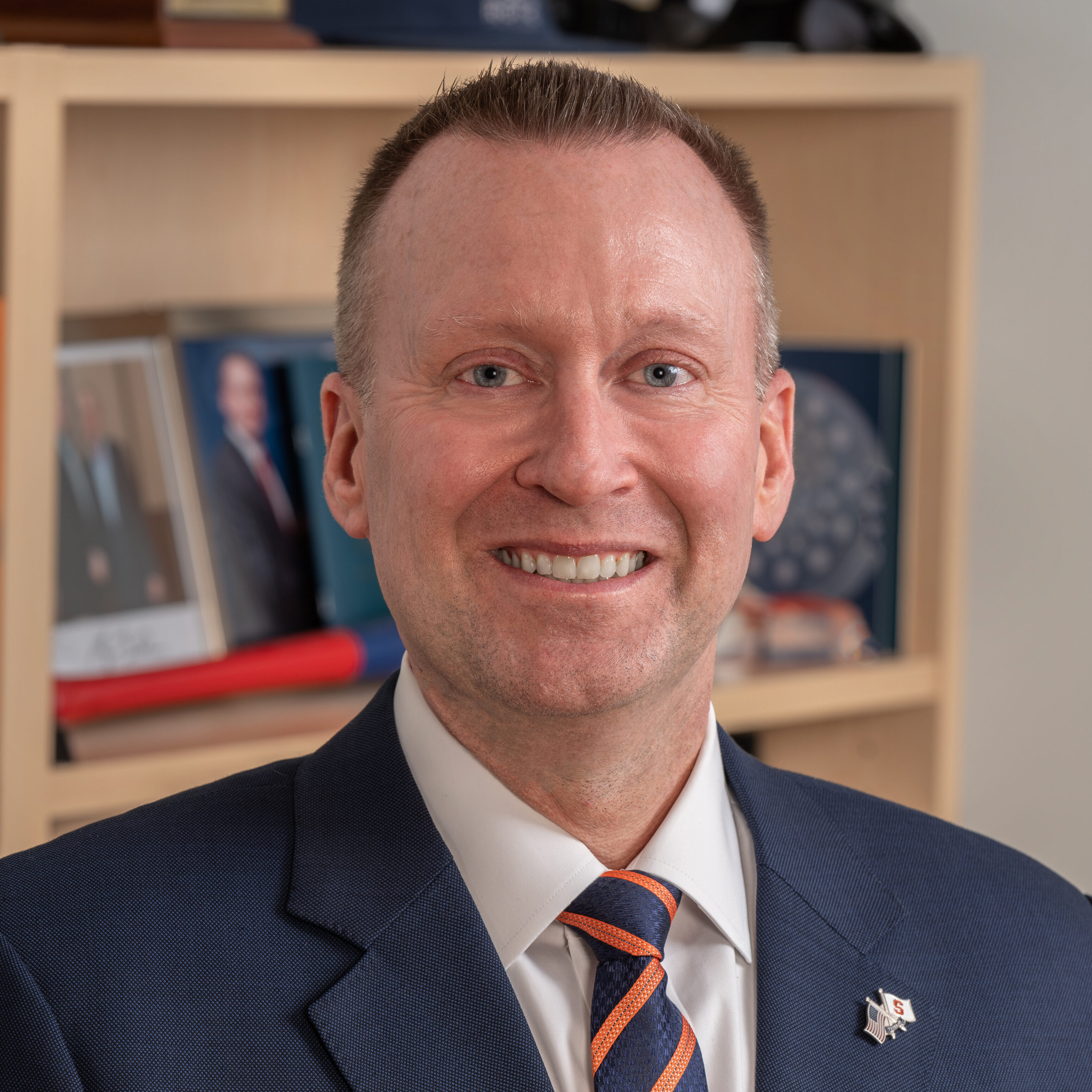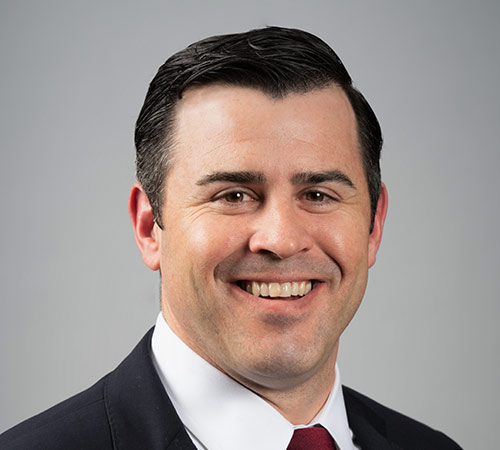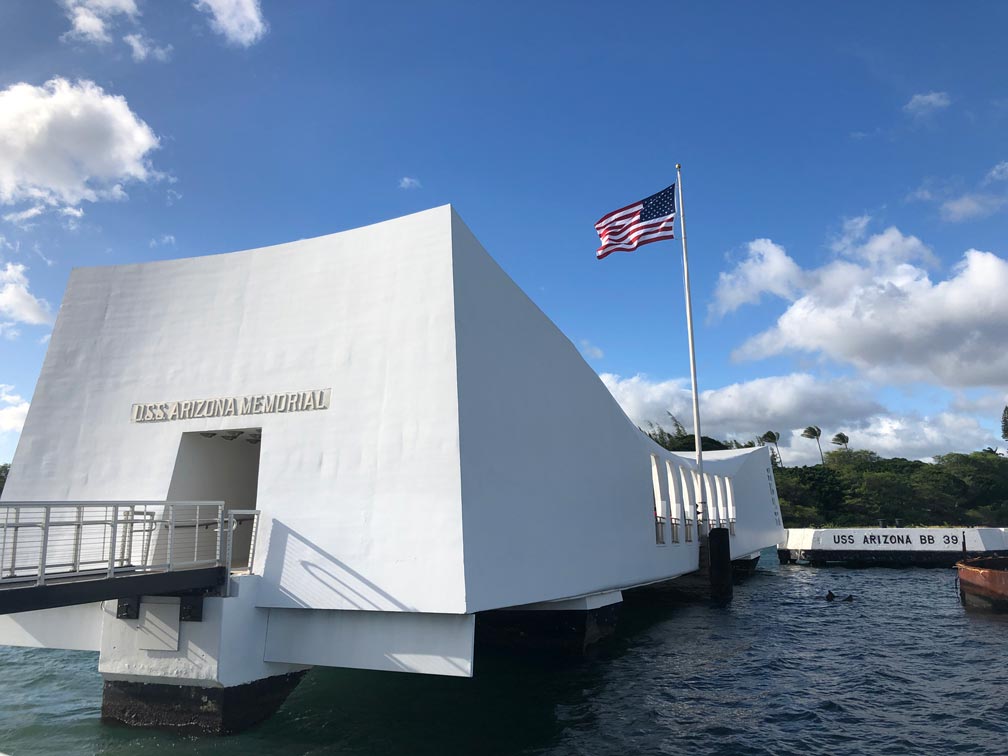Mirza Tihic was a member of the Institute for Veterans and Military Families from the beginning. However, his path to Central New York began in 1992 after leaving Bosnia for Croatia and later Germany. He said he was fortunate to escape when he did, because many were killed in the subsequent Bosnian war. “We lost literally everything in the war,” he says. Tihic finished his high school education in Germany and immigrated to the United States in October, 1999. After picking up enough English to enroll in college, he started his first semester at Onondaga Community College in January of 2000. The following year he transferred to Syracuse University.
Blog
News, spotlights, strategies, updates, interviews, and more
In the heart of every military community lies a wealth of untold stories, each a testament to the courage, sacrifice, and resilience of those who serve. This blog explores just a few of those stories about veterans, spouses, and the entire family unit.
Make the Connection, Reap the Benefits
For five military-connected small business owners, their chance meeting at the 2020 Veteran EDGE Conference led to a friendship that helped each other’s businesses to not only survive but thrive during an otherwise desolate situation. And the investment they have in each other’s success has been paramount to their overall outlook on a post-pandemic resurgence.
New Virtual Employment Hub: Why Veterans and Military Spouses are a Great Fit for Any Business
To meet the demands of veterans and military spouses and continuously inform the employer of the value they bring to the workforce, it is imperative that employers have a centralized location to explore current research, reports and best practices on how to leverage and retain military talent in their organization.
Many veteran households with children may soon become eligible to receive an enhanced child tax credit for 2021. This child tax credit is all part of the American Rescue Plan Act that was signed into law on March 11, 2021. While the headlines were primarily focused on the $1,400 direct cash payments that were issued in March, the plan also includes aid for small businesses, funding for schools, and subsidies for health insurance premiums for plans through the Affordable Care Act.
How many times have you sat back and wondered what your children would be like when they were grown up? Would they have the same arguments at the dinner table? Temper tantrums about sharing and who last cleaned the bathroom? Did you often worry if they would be okay with yet again another transition? Military children are a unique and often under-recognized population where redefined challenges and life experiences collide. Children of our service members are often exposed to a variety of familial, social, and academic pressures that we often as adults can find burdensome. While these challenges are of utmost importance, I wanted to open this brief reflection on how the identity of being a military child impacted my two daughters.
This year, in the month of March, two female generals were nominated to positions as 4-star combatant commanders: General Jacqueline Van Ovost and Lt. Gen. Laura Richardson. It is a significant milestone, but that it happened during Women’s History Month makes it an especially fitting time to remember that women have been “in the fight” for centuries.
Originally from Canton, New York, Ellie Komanecky’s path to working at Syracuse University’s Institute for Veterans and Military Families (IVMF) in many ways parallels the experience of many veterans she has worked with over the past ten years. Veterans in some cases are beginning a new chapter in their lives after sustaining a disabling injury. When Komanecky was a college student in 2004 her plans drastically changed when she sustained a spinal cord injury leaving her paralyzed from the waist down.
Make ‘Garage-Gate’ matter
IVMF Director and Syracuse University Vice-Chancellor, Dr. Mike Haynie, recently wrote about the veteran suicide epidemic and how the National Guard suffers the highest rates at 30.6 suicides per 100,000 members.
Biden Must Heed Veteran Priorities
With President Biden's inauguration and the beginning of a new Congress, this is the moment to think of the nation’s 18 million military veterans and their families. For those who have borne the battle, who wore the uniform in our nation’s defense: How can we be better?
Growing up in a family where many have served in the Air Force, Army, and Navy, military history is something that intrigues me. Last year, prior to the COVID-19 pandemic arriving in the United States, my husband Ryan (who serves in the Army National Guard) and I visited the islands of Kauai and Oahu in Hawaii.

